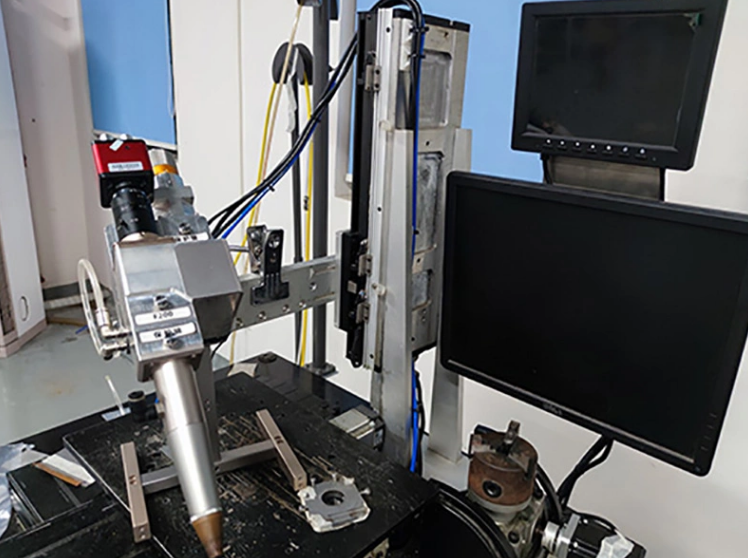Laser cutting sometimes requires calibration to ensure precision, quality, and efficiency during the cutting process. Calibration involves adjusting the laser cutting machine‘s settings and aligning its components to meet specific requirements. Here are some of the reasons why calibration is needed:
Precision and Accuracy: Calibration ensures that the laser cutting machine follows the desired cutting path precisely, producing parts that meet precise specifications. This is critical for applications that require tight tolerances.
Consistency: Regular calibration helps maintain consistency in the cutting process. This is important for producing multiple parts with the same size and quality, especially in mass production.
Material Variability: Different materials react differently to laser cutting. Calibration allows for adjustments for different materials, ensuring optimal cutting performance and quality.
Equipment Wear: Over time, components of a laser cutting machine can wear or become misaligned. Calibration helps identify and correct these issues, maintaining the machine’s performance and extending its life.
Heat Effects: Laser cutting generates heat that affects the cutting process and the material being cut. Calibration accounts for these heat effects, ensuring a clean cut without excessive burning or melting.
Beam Quality and Focus: The quality and focus of a laser beam can degrade over time or due to changes in the environment. Calibration ensures that the beam remains properly focused and high quality, resulting in cleaner cuts and less waste.
Safety: Proper calibration ensures that the laser cutting machine operates safely. A misaligned or improperly set up machine can pose a safety hazard to the operator and others.
Optimized cutting speed and power: Calibration allows for optimized cutting speed and laser power settings, balancing speed and quality for efficient production without compromising the end product.
Reduced material waste: By ensuring accurate and precise cuts, calibration helps reduce material waste, making the cutting process more cost-effective and environmentally friendly.
In summary, calibration of laser cutting equipment is essential to maintaining high precision, quality and efficiency, ensuring the life of the equipment and promoting safety.

